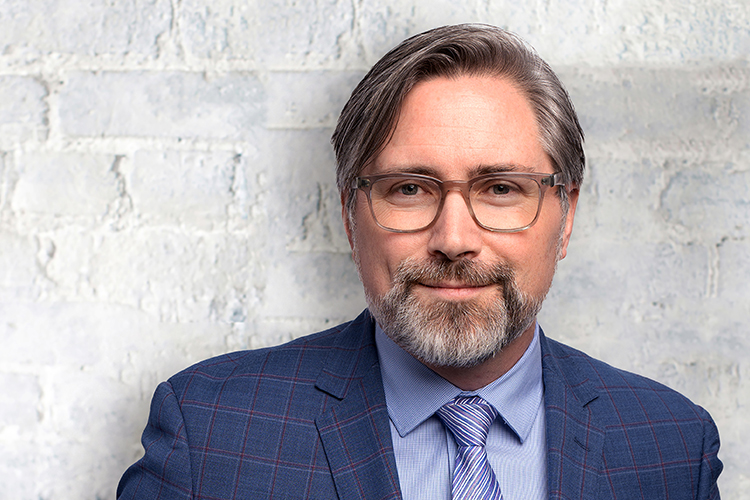The Liberals’ reversal of fortunes since the January resignation of Justin Trudeau is historic. The Liberal victory is primarily based on gains in Quebec (+8 seats) and BC (+5 seats), offsetting losses in Ontario (-9 seats) relative to the 2021 election.
The Conservatives under Pierre Poilievre have boosted their seat count by 25 seats with pick-ups across the country, including Ontario (+15 seats) and BC (+4 seats). Despite losing his seat in the riding of Carleton to the Liberals, Poilievre will feel that his leadership is secure following this strong showing. Poilievre will need to run in a by-election to get back into the House of Commons, keeping the Conservative leader out of the House for up to six months from the time someone steps aside.
As predicted heading into the election, the election took on more of a two-party dynamic with the NDP and Bloc Québécois being squeezed between the two main parties. Jagmeet Singh announced his plans to step down as leader of the federal NDP as he conceded his election race, where he placed third, as his party fell from 25 seats to 7, losing official party status in the House of Commons. Yves-François Blanchet’s Bloc Québécois shed nine seats primarily to the Liberals. Despite the loss of seats, both the NDP and Bloc will have considerable influence in the next Parliament.
Much was made of how close a race this was between the Liberals and Conservatives during the five-week campaign. As the dust settles, both the Liberals (43.5%) and Conservatives (41.4%) combined for over 80% of the vote for the first time since 1958 when Diefenbaker swept Pearson.
The political map in Canada has been redrawn largely due to the collapse of the NDP (6.3% of the vote), which resulted in several vote splits with the Liberals that elected Conservatives in ridings like Windsor West and London Fanshawe. Many NDP vote switchers also migrated to the Conservative party, in ridings like Similkameen-South Okanagan-West Kootenay and Hamilton East-Stoney Creek.
The Liberals will take pride in the fact that they have elected MPs in every province, notably in the northern Saskatchewan riding of Desnethé-Missinippi-Churchill River, alongside a pick-up in the northern Manitoba riding of Churchill-Keewatinook Aski, both of which have sizeable Indigenous populations.
As the campaign post-mortems begin, both main parties will be able to tout the success of their respective strategies. The Liberals’ disciplined focus on Donald Trump’s tariffs and threats to Canada’s economy and sovereignty played to the strengths of Mark Carney’s new leadership. The Conservatives’ ground game organization paid dividends, as did their focus on affordability, crime and “time for a change” messaging.
Attention now turns back to governing with a new cabinet expected to be named in the coming weeks, Parliament scheduled to return on May 26 with a Throne Speech, and a budget reflecting Liberal campaign promises to follow.
With the minority make-up of the government set to continue, Counsel’s multi-partisan team has you covered. Reach out to our team of experts for advice on how to engage the new government and opposition parties on your priorities.
Sheamus Murphy
Managing Partner
smurphy@counselpa.com
John Delacourt
Senior Vice President
jdelacourt@counselpa.com
Amber Ruddy
Vice President
aruddy@counselpa.com
Will Shelling
Account Director
wshelling@counselpa.com





